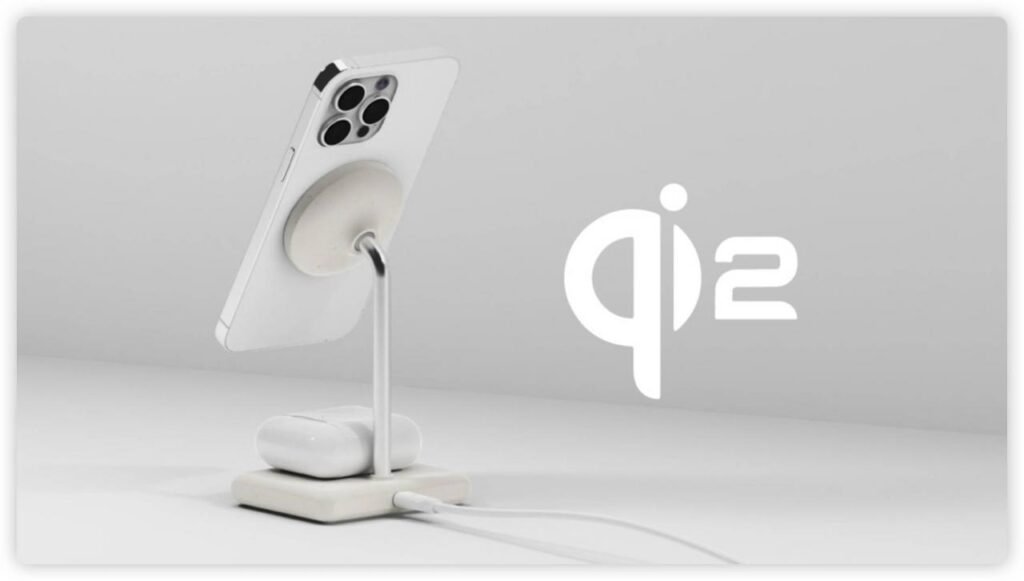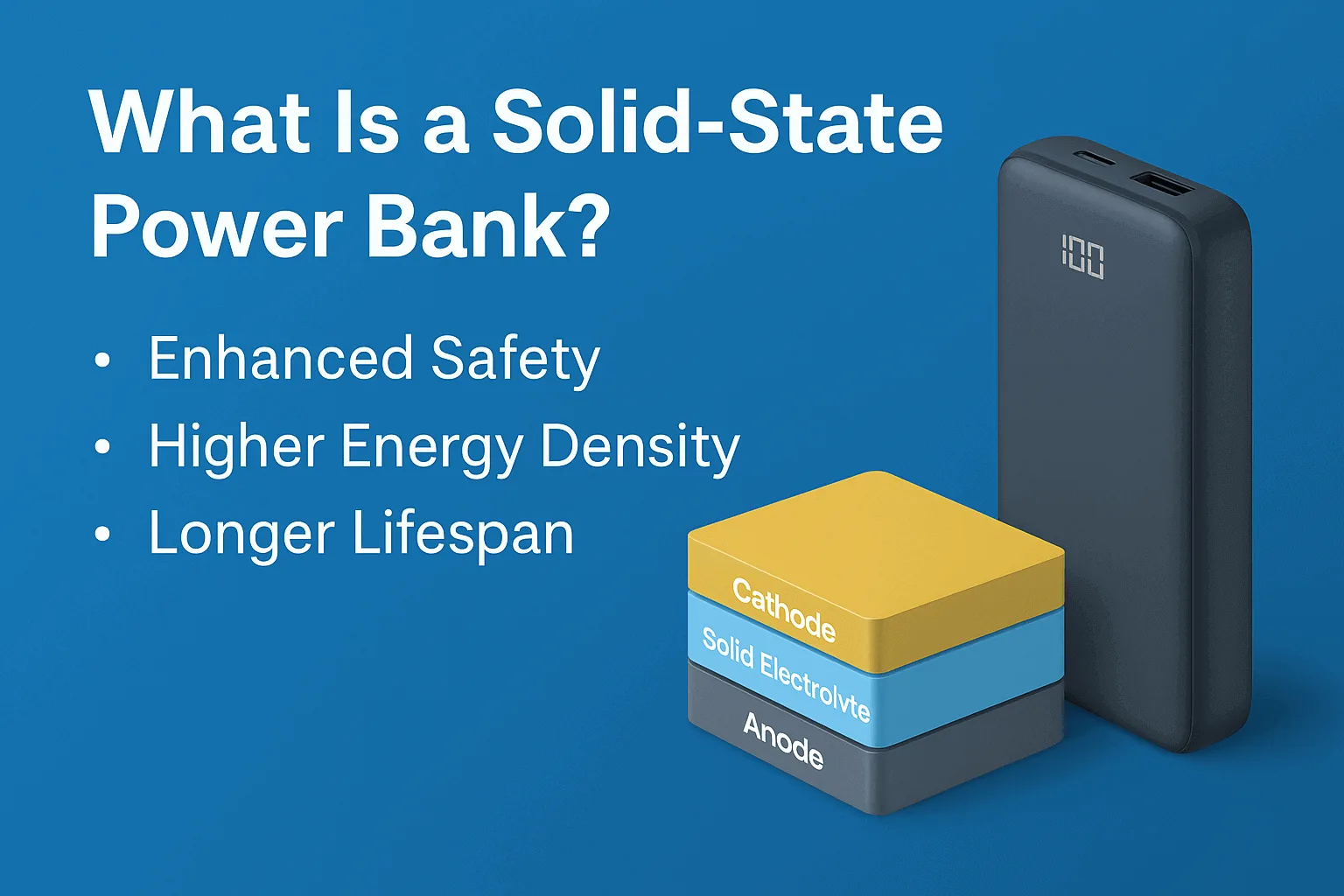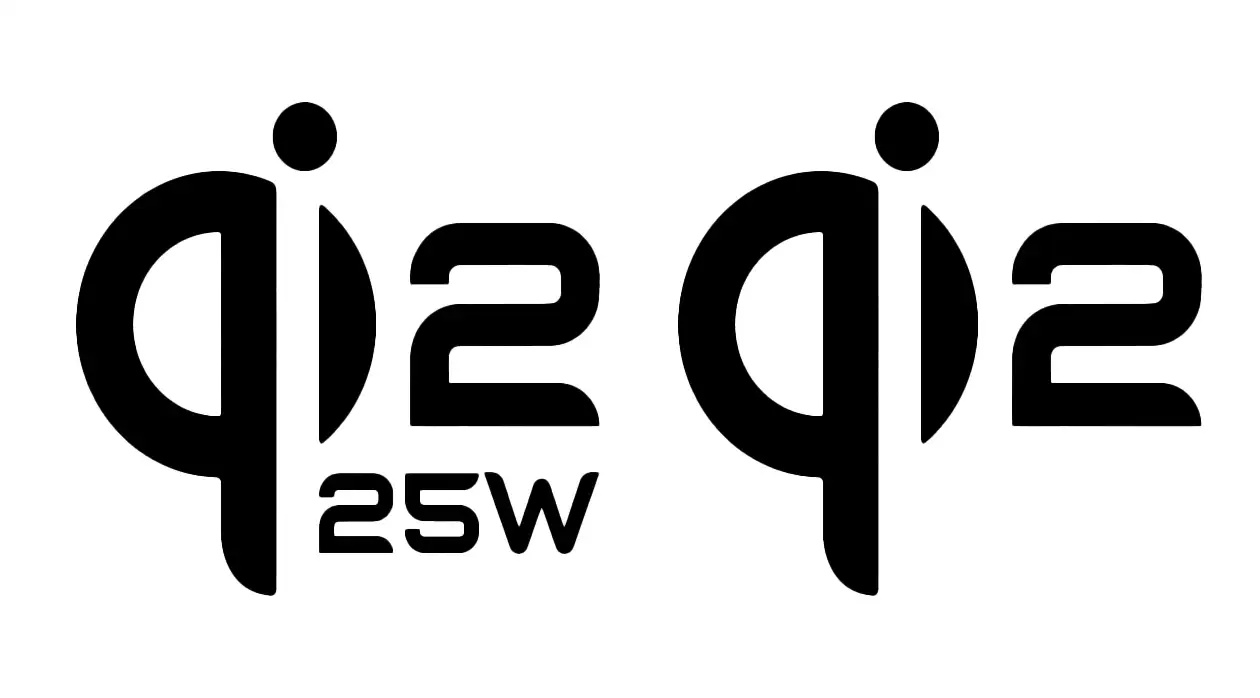The Wireless Charging Alliance has launched Qi2 wireless charging technology, and it’s expected that hundreds of Qi2-enabled products will be verified by the end of this year. This means that next year, many Qi2-compatible chargers will be available on the market. The latest iPhone 16 supports both MagSafe and Qi2 charging.
But what exactly is Qi2, and how is it different from the well-known MagSafe? Today, let’s break down what Qi2 is and how it works as the next generation of wireless charging.
But first, let me quickly explain what MagSafe is.
What is MagSafe wireless charging?
MagSafe is a magnetic wireless charging technology developed by Apple. Many people who have not used Mac may not know that MagSafe was actually the charging technology originally used on MacBook. It uses magnetic suction to attract the charging cable to the charging hole. If not Be careful if someone trips over the charging cable. The charging cable will separate from the MacBook and will not pull the machine and cause it to crash.
Apple began to apply this concept to the wireless charging of the iPhone in the iPhone 12. Through a circle of magnets on the back of the iPhone, the charging coil of the iPhone and the charging device are accurately aligned to avoid misalignment of the phone. The charging efficiency is low even after being left on the charging board for half a day. The theoretical charging power is 15W.

How does MagSafe Charging work?

Magnetic design
The MagSafe wireless charger uses a magnetic design, including an internal magnet and an external magnet. When the device is brought close to the charger, the internal magnets interact with the magnets on the charger, allowing for automatic alignment of the device. This design makes the MagSafe wireless charger more stable when placing the device, avoiding the problem of low charging efficiency caused by poor placement of traditional wireless chargers.
Magnetic field induction
MagSafe wireless charger achieves communication between the device and the charger through magnetic field induction. When the device is close to the charger, the internal magnet generates a specific magnetic field, which is captured by the receiver on the charger, allowing automatic identification and alignment of the device. At the same time, the charger will also adjust the output power according to the device’s power and charging needs to ensure safe and efficient charging of the device.
Fast charging
MagSafe wireless charger supports fast charging up to 15W. Compared with the traditional 7.5W wireless charger, the charging speed has been significantly improved. In addition, the MagSafe charger also has a heat dissipation function, which can maintain a lower temperature during long-term use and ensure the stable performance of the device.
Security
MagSafe wireless charger is designed with safety issues in mind. When the distance between the device and the charger is too far or the angle is inappropriate, the internal magnet will automatically stop working to prevent safety accidents caused by misoperation. At the same time, the MagSafe charger also has an overheating protection function. Once it detects that the temperature is too high, it will automatically cut off the power to ensure the safety of the device and users.

What is Qi wireless charging?
Let’s take a look at the first generation of Qi wireless charging technology.
Qi wireless charging technology is a wireless charging standard launched by the Wireless Charging Alliance. It hopes to provide a unified standard for products on the market that require wireless charging functions. Therefore, many wireless charging pads and Android phones support the Qi standard; Qi charging Power ranges from 5W to 15W.

Apple also supports Qi wireless charging from iPhone 8 to iPhone 16, but the specification is only 7.5W, which is more than half less than its own MagSafe which can reach 15W.
How does Qi wireless charging work?
Faraday’s law of electromagnetic induction explains how wireless charging works. When a wire in a closed circuit moves through a magnetic field, it “cuts” through magnetic lines, creating an electric current in the wire. This is the basic principle behind wireless charging.
When an electric current flows through a coil, it creates a magnetic field. If the magnetic field changes, it creates a force that can generate electricity.
In phone wireless charging, there’s a coil in both the charging pad and the back of the phone. The charging pad turns the electric current into a magnetic field through its coil, and this magnetic field constantly changes. The coil on the back of the phone reacts to this changing magnetic field, which makes the magnetic force inside it change as well, producing a small electric current. This current is then converted into direct current to charge the phone’s battery.

Taking a common transformer as an example, the primary and secondary coils of the transformer are not directly connected, but electrical energy is transmitted from the primary to the secondary through magnetic field coupling. The primary and secondary are connected through an iron core to improve coupling efficiency.

In wireless charging, there’s no iron core between the coils in the phone and the base. As shown in the picture, the magnetic field from the primary coil (in the base) spreads out into the space around it. For effective power transfer, the coil in the phone needs to stay close to and aligned with the coil in the base. This setup limits both the charging distance and positioning flexibility.
Since wireless charging isn’t as efficient as wired charging, extra energy is released as heat, making the phone and base warm up during charging. This is why many wireless charging bases include a fan to cool them down. Also, because metal blocks electromagnetic fields, phones with wireless charging have back covers made of glass, ceramic, or plastic instead of metal.
What is Qi2 wireless charging?
Qi2 wireless charging is an upgraded version of Qi, and is authorized by Apple to use MagSafe’s Magnetic Power Profile (MPP). This also gives Qi2 the same magnetic alignment capabilities as MagSafe, which can improve charging efficiency.
Because Qi2 can accurately align the wireless charging coil, the charging power can reach 15W instead of Qi’s 5W to 15W.

In addition, Qi2 has also made a series of specifications on the protection mechanism, so no matter which manufacturer’s product you buy, as long as it is Qi2 certified, it will have the same specifications, safety, security, and be compatible with each other.
Key Features of the Qi2 Standard:
Higher Power Output: Qi2 supports charging at 15 watts for certified phones, a significant upgrade from the 5-watt limit of the original Qi standard, allowing for faster charging.
Improved Efficiency: Qi2 includes upgrades in coil design, charging algorithms, and communication methods, which boost efficiency and reduce energy waste.
Backward Compatibility: Qi2 maintains compatibility with existing Qi-enabled devices, allowing for easy integration with current technology.
Built for the Future: With support for higher power levels and better efficiency, Qi2 is ready to meet the increasing power needs of next-generation devices.
What’s the difference between Qi, Qi2 and MagSafe wireless charging
Here I use a table to compare the differences between MagSafe and Qi2 and Qi, and list the main features of the two.
| MagSafe | Qi2 | Qi | |
| Charging power | 15W | 15W | 5-15W |
| Magnetic alignment | With | With | Without |
| Charging efficiency | Magnetic suction can be aligned and therefore higher | Magnetic suction can be aligned and therefore higher | Easily misaligned and lowered |
| Support devices | iPhone 12 and subsequent models | iPhone 12 and subsequent models | iPhone 8 and subsequent models Pixel 8 Samsung S23 Most Android devices Most wireless charging products |
As you can see from the above table, there is really no difference in specifications and functions between MagSafe and Qi2. The only difference is that Android cannot use MagSafe’s wireless charger, but iPhone 16 can use either Magsafe or Qi2. Use, the compatibility is higher.
In addition, iPhone 13 and iPhone 14 also support Qi2 charging function after upgrading to iOS 17.2. Although the iPhone 12 has not been named by Apple to support Qi2, in the test, as long as it is updated to iOS 17.4, the iPhone 12 also has the same 15W charging effect as Qi2.
When choosing MagSafe charging products, you should also pay attention. If it has the “Made For MagSafe” certification, it can support up to 15W charging. If it just says “compatible with MagSafe”, it will only have a 7.5W charging power. Please remind everyone.
If you are using iPhone 12, iPhone 13 or iPhone 14, although you can also use Qi charging products, the charging efficiency may not be high, so it is better to choose MagSafe.
Will Qi2 Chargers Work with MagSafe?
While Qi2 and MagSafe are technically quite similar, Apple is likely to still require MagSafe certification for non-Qi2 products to achieve 15W wireless charging. Both the charger and the device need Qi2 certification to reach 15W, just like with MagSafe. However, it’s expected that future MagSafe-certified products will also carry Qi2 certification. Starting with iOS 17.2, iPhones 13, 14, 15, and 16 will support Qi2 chargers directly.
This change benefits consumers by bringing faster wireless charging to more devices. For marketers, though, it might lead to some labeling challenges until devices fully align with the new technology.
Is Qi2 as Fast for Wireless Charging as MagSafe?
Qi2 and MagSafe Similarities:
- Qi2 is built on Apple technology by the Wireless Power Consortium, allowing it to match MagSafe’s charging speed.
- Both Qi2 and MagSafe support up to 15W charging and use similar magnetic attachment technology.
25W Potential for MagSafe:
- Apple’s MagSafe Charger, paired with the iPhone 16, supports up to 25W charging—offering faster potential charging than standard Qi2 at 15W.
Testing the Anker MagGo 3-in-1 Wireless Charging Station:
- Macworld tested the Anker MagGo, the first Qi2 charger, using an iPhone 15 Pro.
- Charging times were recorded at 30%, 50%, and 80% and compared with Apple’s MagSafe Charger and a wired USB-C connection.
Wired Charging Speeds:
- USB-C to Lightning (for iPhones older than the iPhone 15) and USB-C to USB-C (for the iPhone 15 series) delivered the fastest results:
- 50% in 25 minutes
- 80% in 55 minutes
- 100% in 70 minutes
Qi2 and MagSafe Wireless Charging Speeds:
- Results for Our Qi2 Wireless Charger and MagSafe were nearly identical:
- 50% charge in 45 minutes
- 80% charge in 90 minutes
- 100% charge in 115 minutes
- Both technologies performed similarly at 15W, making them effectively equivalent.
Non-15W MagSafe-Compatible Chargers:
- MagSafe-compatible chargers without 15W capacity took about twice as long:
- 30% in 45 minutes
- 50% in 90 minutes
RFQ
Does the iPhone 16 support Qi2 wireless charging?
Yes, the iPhone 16 supports Qi2 wireless charging. Apple has included Qi2 compatibility in the iPhone 16, allowing it to work with Qi2-certified chargers. This means that iPhone 16 users can enjoy faster, more efficient wireless charging at up to 15W with any Qi2 charger, given both the phone and charger are Qi2 certified. Additionally, with iOS 17.2, Qi2 compatibility is extended to previous models (iPhone 12, 13, 14, and 15), so a range of iPhones will be compatible with the new Qi2 standard.
Is Qi2 safe for iPhone?
Yes, Qi2 is safe for iPhones. The Qi2 standard was developed by the Wireless Power Consortium (WPC) and is based on Apple’s MagSafe technology, ensuring that it meets high safety and quality standards. Qi2 incorporates advanced charging protocols to prevent overheating, overcharging, and other potential risks. Both the Qi2 charger and the iPhone communicate during charging to optimize power delivery, enhancing safety and efficiency. With improvements in coil design and energy management, Qi2 minimizes heat buildup, making it safer for long-term use compared to earlier standards.
Is Qi2 better than Qi?
Qi2 offers several improvements over the original Qi standard, making it a better option:
Higher Power Output: Qi2 supports charging at 15W, while the original Qi standard was limited to 5W. This increase in power allows for faster charging times with compatible devices.
Improved Efficiency: Qi2 includes advancements in coil design, charging algorithms, and communication protocols. These enhancements reduce energy losses during charging, making it more efficient than the original Qi.
Backward Compatibility: Qi2 remains backward compatible, so it can work with older Qi-enabled devices, allowing a smooth transition to the new standard.
Future-Readiness: Qi2 is designed to support future electronic devices with higher power needs, ensuring it will be a relevant charging standard as technology advances.


